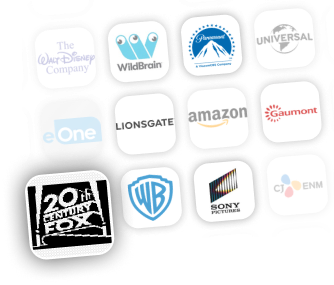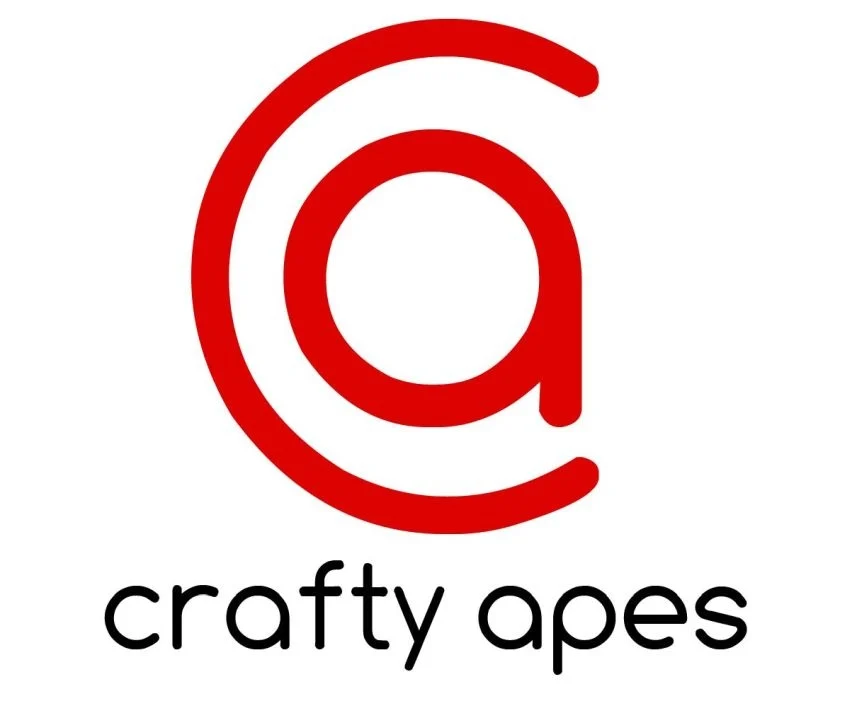Introduction
The global anime market is projected to surpass $60 billion by 2030. Yet, for most media executives outside Japan, the landscape of anime production companies is a black box. You know the big names, but who can you actually partner with? Who owns the IP? And who can deliver on a global scale?
Forget the fan rankings. This isn’t about which studio has the prettiest animation (though that matters). This is about identifying strategic partners, understanding the complex business ecosystem, and making data-driven decisions for anime content acquisition.
I’ll break down the real power players, the business dynamics you must understand, and how to find verified partners in Japan’s notoriously opaque media market.
Table of content
- Introduction
- Key-Takeaways
- The Power Players: Beyond the Animation Desk
- The Modern Titans: Masters of Quality & Volume
- The Business of Anime: Deconstructing the Production Committee
- The Distribution & Licensing Ecosystem
- Taking Anime Global: The Modern Supply Chain
- How to Find & Vet Anime Partners with Precision
- Conclusion
- FAQs
Key Takeaways
| Topic | Why It Matters for a Media CXO |
|---|---|
| The Power Players | Identify studios with proven track records and valuable IP catalogs for licensing or co-production. |
| The Production Committee | Understand how anime gets funded and who really controls the rights before you enter a negotiation. |
| The Distribution Ecosystem | Recognize the key distributors and broadcasters who control market access and global rollout. |
| Finding Verified Partners | Learn how to cut through the noise and connect directly with vetted companies ready for global business. |
Need to Map the Japanese Media Market?

The Power Players: Beyond the Animation Desk
When we talk about the best anime studios, we’re really talking about a few different business models. Some are legacy giants with massive IP libraries, while others are newer, agile studios sought after by major streaming platforms. A smart acquisition strategy requires knowing the difference.
- Toei Animation
The titan. With a history stretching back to 1948, Toei Animation Co Ltd is an institution. They own the IP for global phenomena like Dragon Ball, One Piece, and Sailor Moon.
For a buyer, Toei represents a massive and highly valuable catalog, making them a cornerstone of the anime licensing and distribution market. Partnering with them means tapping into decades of proven success and global brand recognition.
- Studio Ghibli
While not a typical studio for co-production deals, Ghibli is the gold standard for quality and cultural impact. Their library of anime feature films, including Spirited Away, represents some of the most valuable and evergreen IP in the world.
Their deals, like their former exclusive streaming partnership with Max (formerly HBO Max), are landmark events that demonstrate the immense catalog value of anime studios.
The Modern Titans: Masters of Quality & Volume
In recent years, a new guard of studios has risen, defined by breathtaking animation quality and the ability to produce breakout hits for the streaming era. These are the studios platforms are fighting to book years in advance.
Known for taking on massive projects like Attack on Titan’s final season and Jujutsu Kaisen, MAPPA has become synonymous with high-quality, high-stakes productions. Their challenge is managing a breakneck production schedule, a key diligence point for any potential partner looking for reliability.
Famous for the stunning visuals of Demon Slayer, Ufotable sets the bar for animation quality. They are a prime example of a studio whose creative excellence directly drives global demand and merchandise sales, showcasing the direct link between animation fidelity and commercial success.
The studio that brought the first three seasons of Attack on Titan to life, Wit Studio is known for its dynamic action sequences. They often collaborate with major publishers and are a key player in the manga-to-anime pipeline, making them a great potential partner for adapting popular existing IP.
The Business of Anime: Deconstructing the Production Committee
Here’s the part most non-Japanese execs get wrong. The studio animating the show often doesn’t own the rights. The power lies with the seisaku iinkai, or the production committee system.
“Content decision-making should be data-first, not guesswork. In anime, that starts with knowing who is on the committee.”
This ad-hoc coalition of companies is formed to finance a project and mitigate risk. A typical committee includes:
- A Manga Publisher
Companies like Shueisha or Kodansha often initiate the project based on a popular manga. They hold foundational IP rights.
- A Lead Producer/Distributor
A major company like Kadokawa or Aniplex (a subsidiary of Sony Music Entertainment Japan) will often lead the charge, managing the project and distribution. This makes them critical points of contact for any anime investment opportunities.
- Japanese Broadcasters
TV networks like TV Tokyo or Fuji Television Network join to secure broadcast rights in Japan, providing crucial early funding and a domestic platform. Others like NTV, TV Asahi, and the public broadcaster NHK are also key players in this space.
Understanding this structure is non-negotiable. Pitching a co-production to the animation studio alone is a rookie mistake. You need to engage the committee members who control the purse strings and the rights.
Tired of Guessing Who Owns the Rights?

The Distribution & Licensing Ecosystem
Once an anime is produced, it enters a complex global distribution web. The key players here are often the most powerful members of the production committee, responsible for everything from theatrical releases to securing anime streaming rights.
- Film Distributors & Producers
Toho is a dominant force, not just in animation but in the entire Japanese film industry. They are a producer and distributor of major films, including many from Studio Ghibli historically and recent blockbusters like Your Name.
- Music & Merchandising Companies
Companies like Pony Canyon are also major players, leveraging their expertise in music and home video to secure a seat on committees. They control valuable ancillary rights that are crucial for maximizing a title’s profitability.
Taking Anime Global: The Modern Supply Chain
Most content pipelines are still stuck in 2008. For anime, which requires intensive localization, a modern, efficient anime supply chain is critical for meeting global launch dates.
This goes far beyond just finding a studio. It involves a network of specialized vendors for:
- Localization and Dubbing Services
This is a mission-critical step. High-quality dubbing and subtitling across multiple languages can make or break a show’s success in new markets. Partnering with proven vendors who specialize in anime is essential.
- Quality Control (QC) and Metadata
Before a title can land on a global streaming platform, it needs flawless QC and rich, compliant anime metadata. Companies like Imagica Lab provide these essential post-production services, ensuring content is ready for international distribution.
How to Find & Vet Anime Partners with Precision
So how do you move from analysis to action?
The traditional methods of attending markets and relying on intermediaries are slow and inefficient. In the digital age, you need a centralized intelligence platform for finding anime partners.
The goal is to move from a list of “best anime studios” to a shortlist of “best potential business partners.” This requires a shift in focus:
- From Creative to Commercial Vetting
Instead of just watching trailers, you need data on a company’s financial health, their key executives, their network of partners, and their history of international collaboration. Anime content verification means confirming they are a legitimate and reliable business partner.
- Leveraging a Centralized Platform
This is where Vitrina provides a decisive advantage. We offer a database of verified media partners, from top Japanese animation studios to niche localization vendors.
Our platform allows you to achieve global visibility and local discovery, see which companies are actively working together, and track projects before they even hit the market. Think Netflix-level visibility for your content investment strategy.
Conclusion
Navigating the Japanese anime industry doesn’t have to be a gamble. By understanding the key players, the business structures, and the modern supply chain, you can build a powerful and profitable anime strategy. The data is out there—you just need the right tools to see it.
What’s the first strategy you’re going to try? Let me know in the comments.Get Your Vitrina Membership Today
Frequently Asked Questions
From a business and IP ownership standpoint, the “big three” would be Toei Animation (massive legacy IP like Dragon Ball), Kadokawa (a media conglomerate deeply involved in production committees), and Aniplex (Sony’s highly aggressive and successful production/distribution arm).
There’s no single #1. Toei Animation is arguably the largest and most historically significant. For sheer quality and cultural prestige, it’s Studio Ghibli. For modern-day blockbuster production, many would point to MAPPA or Ufotable. The “best” depends entirely on your business goal: licensing, co-production, or high-volume output.
The key is to look beyond just the animation studio and identify the members of the production committee. Use a platform like Vitrina to map the relationships between publishers, distributors like Toho, and broadcasters like TV Tokyo to find the real decision-makers for potential co-production partners in Japan.
Attack on Titan was famously animated by Wit Studio for Seasons 1-3 and then by MAPPA for The Final Season. This is a great example of how projects can move between top-tier studios and highlights the importance of tracking individual projects, not just studio names.

















































